
Chapter 1. Chapter 1: Scientific Thinking
Review & Rehearse

Instructions
Review the visual summaries and answer the essay questions below.
Make sure to enter a brief response that completely answers each question and explains your reasoning. When you click "Submit," you will be provided instant feedback, allowing you to check if your response is correct.
(This activity contains 18 total essay questions. Each new question will be revealed once you complete the preceding question.)
1.

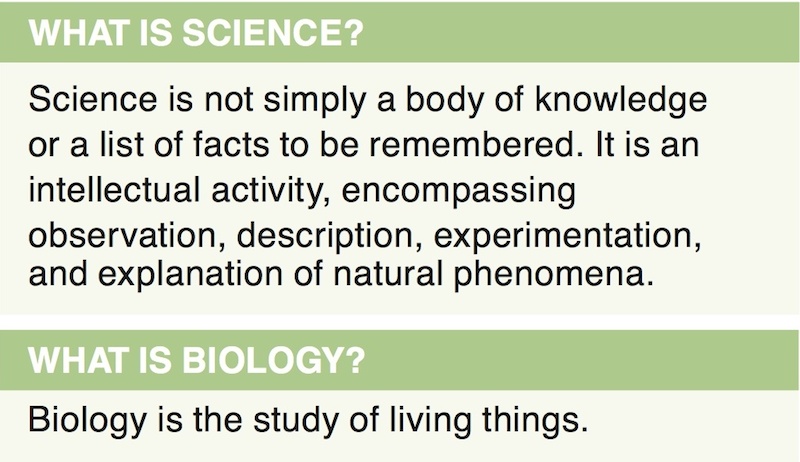
1. In nationwide advertisements, the Dannon Company claimed that its Activia yogurt relieves irregularity and helps with “slow intestinal transit time.” Dannon also claimed that its DanActive dairy drink helps prevent colds and flu. These claims were based on no evidence. How would you design an experiment to try and validate these statements?
2.

2. Describe two examples of biological literacy.
3.
3. Scientific thinking can be distinguished from alternative ways of acquiring knowledge about the world in that it is empirical. What does empirical mean and how does it relate to the study of biology?
4.

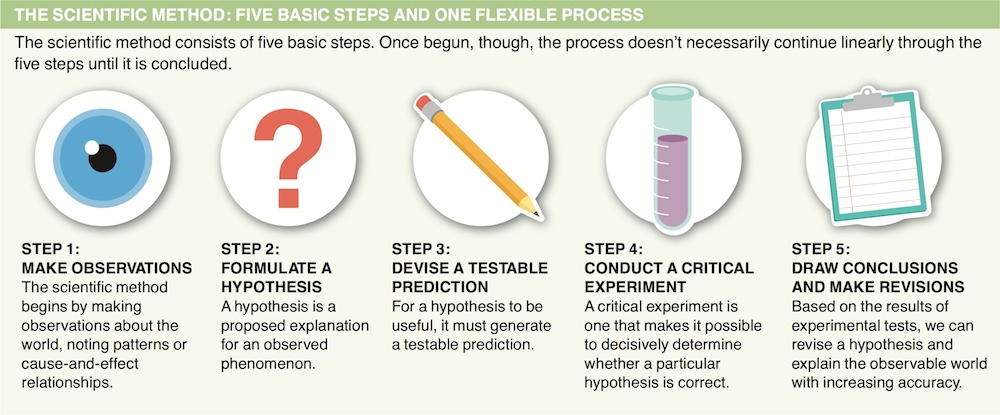
4. An especially important feature of the scientific method is that its steps are self-correcting. What does self-correcting mean in this context?
5.
5. Describe something which you have observed in the world around you that you could study using the scientific method. Describe something that you could not study scientifically.
6.
6. A researcher hypothesizes that the more a person exercises, the less acne they will experience. What would the null hypothesis be in this situation?
7.
7. What would be a reasonable prediction for the hypothesis: “Eating fresh fruit reduces the likelihood that you will get sick.”
8.
8. Describe the key features of a critical experiment.
9.
9. Many claims have been made concerning the health benefits of green tea. Suppose you read a claim that alleges drinking green tea causes weight loss. You are provided with the following information about the studies that led to this claim.
• People were weighed at the beginning of the study.
• People were asked to drink two cups of green tea every day for 6 weeks.
• People were weighed at the end of the study.
• People who drank green tea for 6 weeks lost some weight by the end of the study. • It was concluded that green tea is helpful for weight loss.
This study obviously had some holes in its design. Assuming no information other than that provided above, indicate at least four things that could be done to improve the experimental design.
10.
10. Following an experimental conclusion, what is a likely next step? Why?
11.
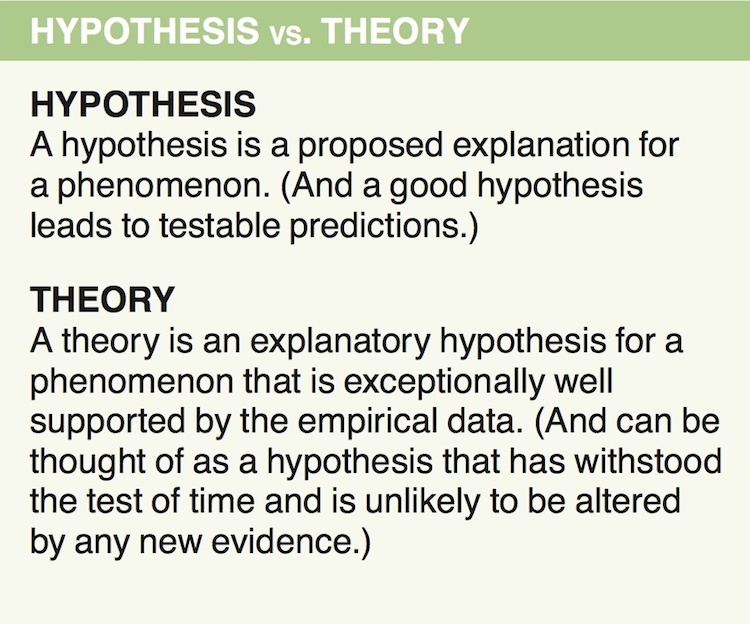
11. Compare and contrast “theory” and “hypothesis.”
12.

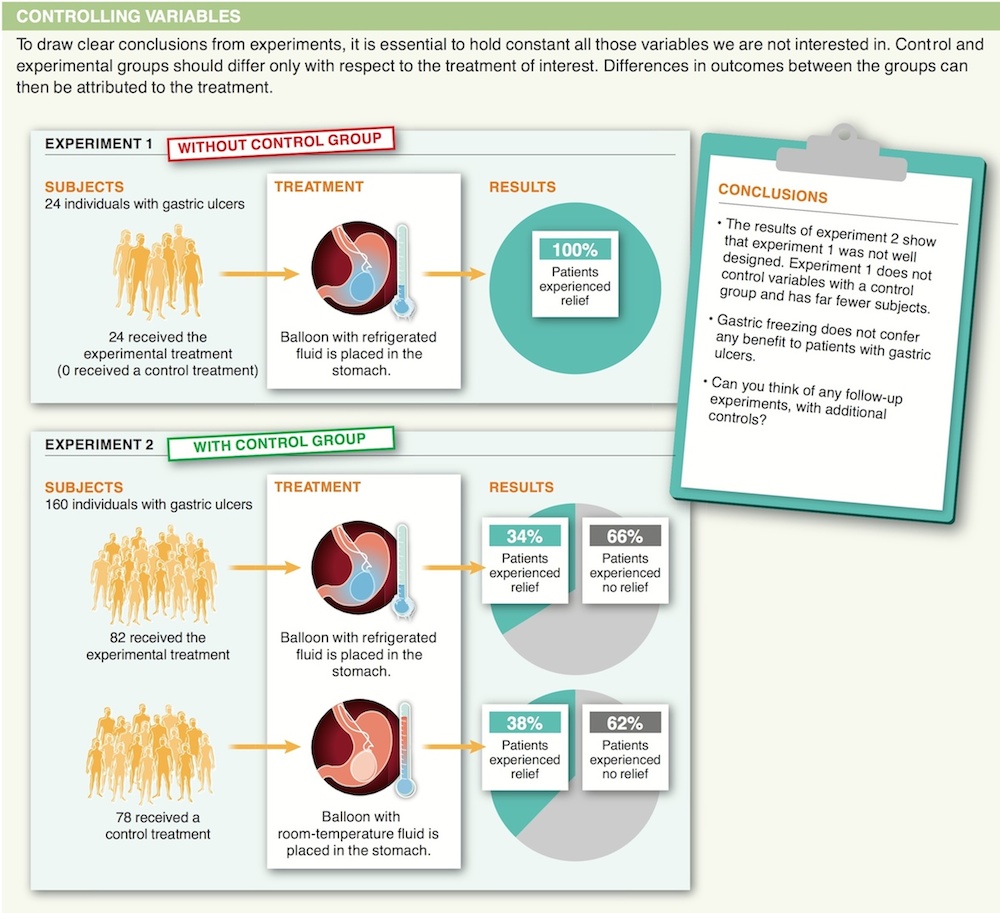
12. A pharmaceutical company plans to test a potential anti-cancer drug on human subjects. The drug will be administered in pill form. How should this study be designed so that appropriate controls are in place?
13.
13. Describe what is meant by a randomized, controlled, double-blind study.
14.

14. Biases can influence our behavior, including our collection and interpretation of data. Which type of experimental design can help us eliminate biases?
15.

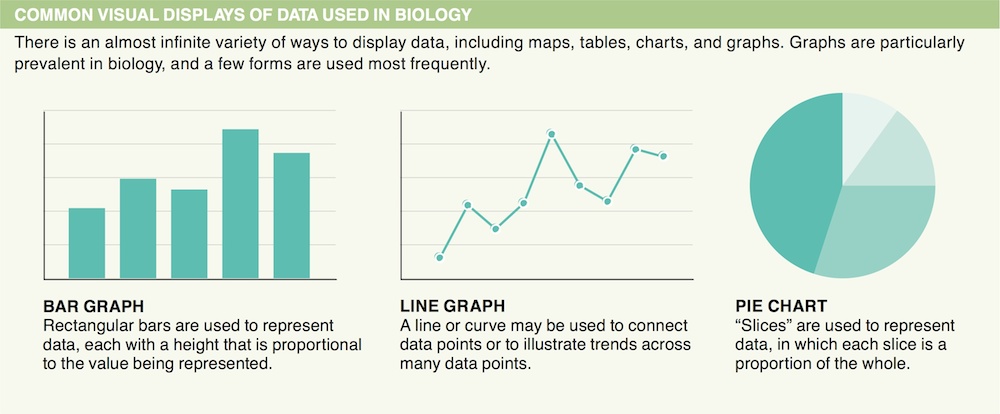
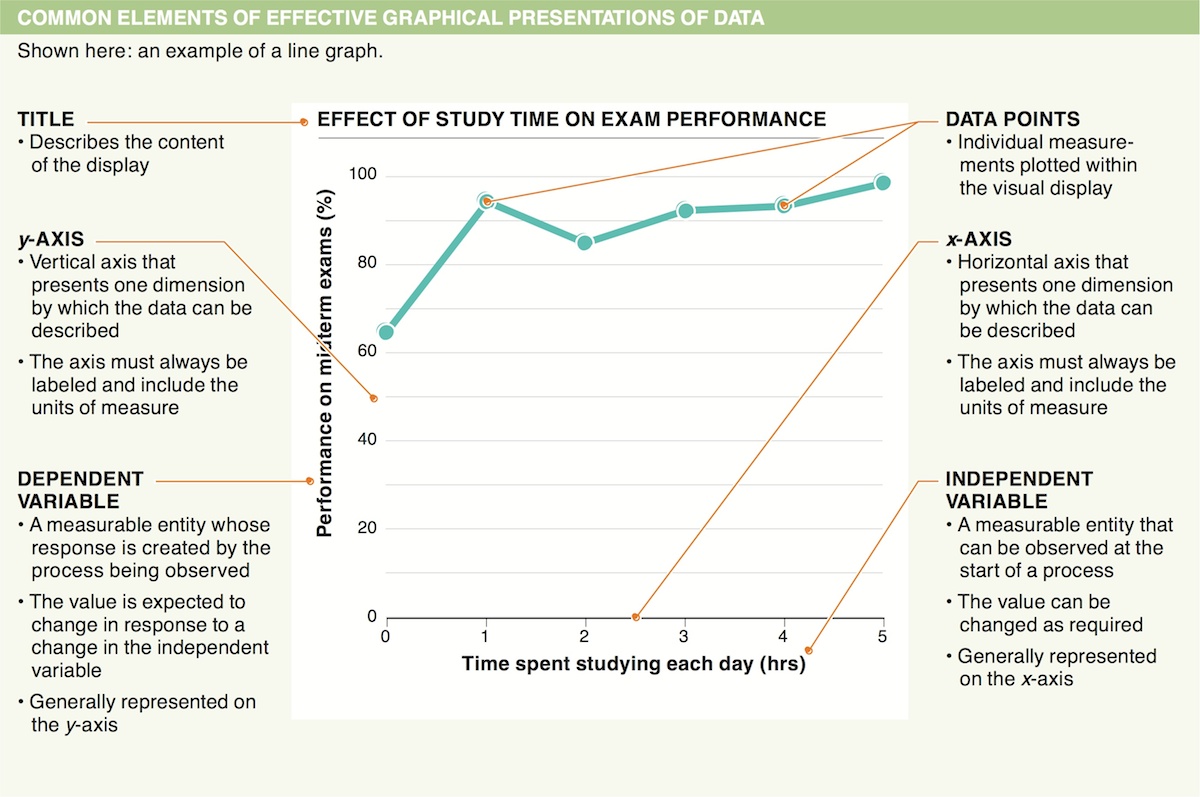
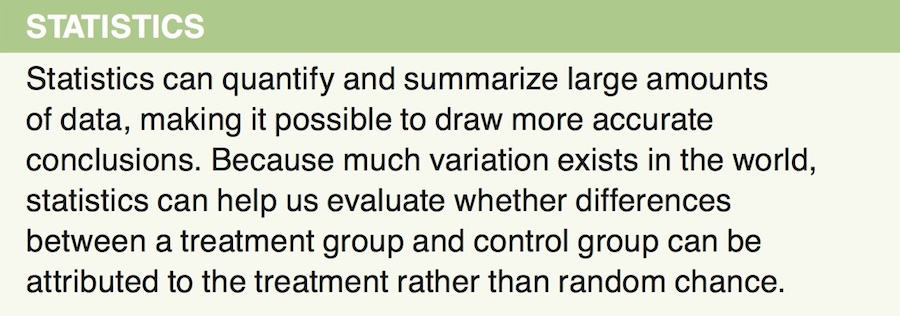
15. When analyzing results of a study, what role do statistical analyses play?
16.
16. You notice that all of the male students who signed up for French tutoring have blue eyes. What conclusions can you draw from this observation?
17.

17. You have heard that people from Scandinavia usually have blonde hair and fair skin. Your roommate is from Sweden and he has darker hair and more olive skin. Does this disprove the idea that Scandinavians are fair and blonde? Why or why not?
18.


18. What are the two major unifying themes in this guide to biology?
Activity results are being submitted...